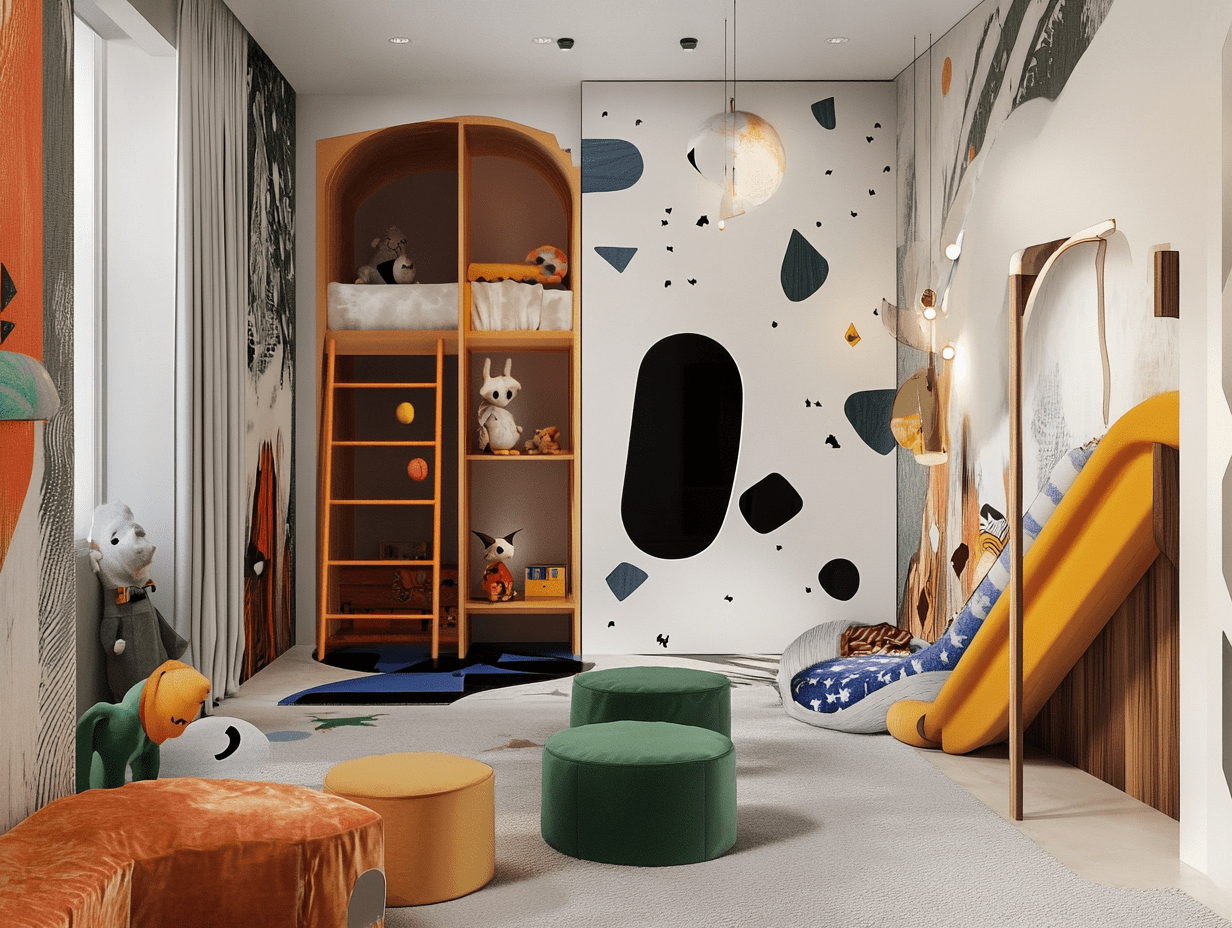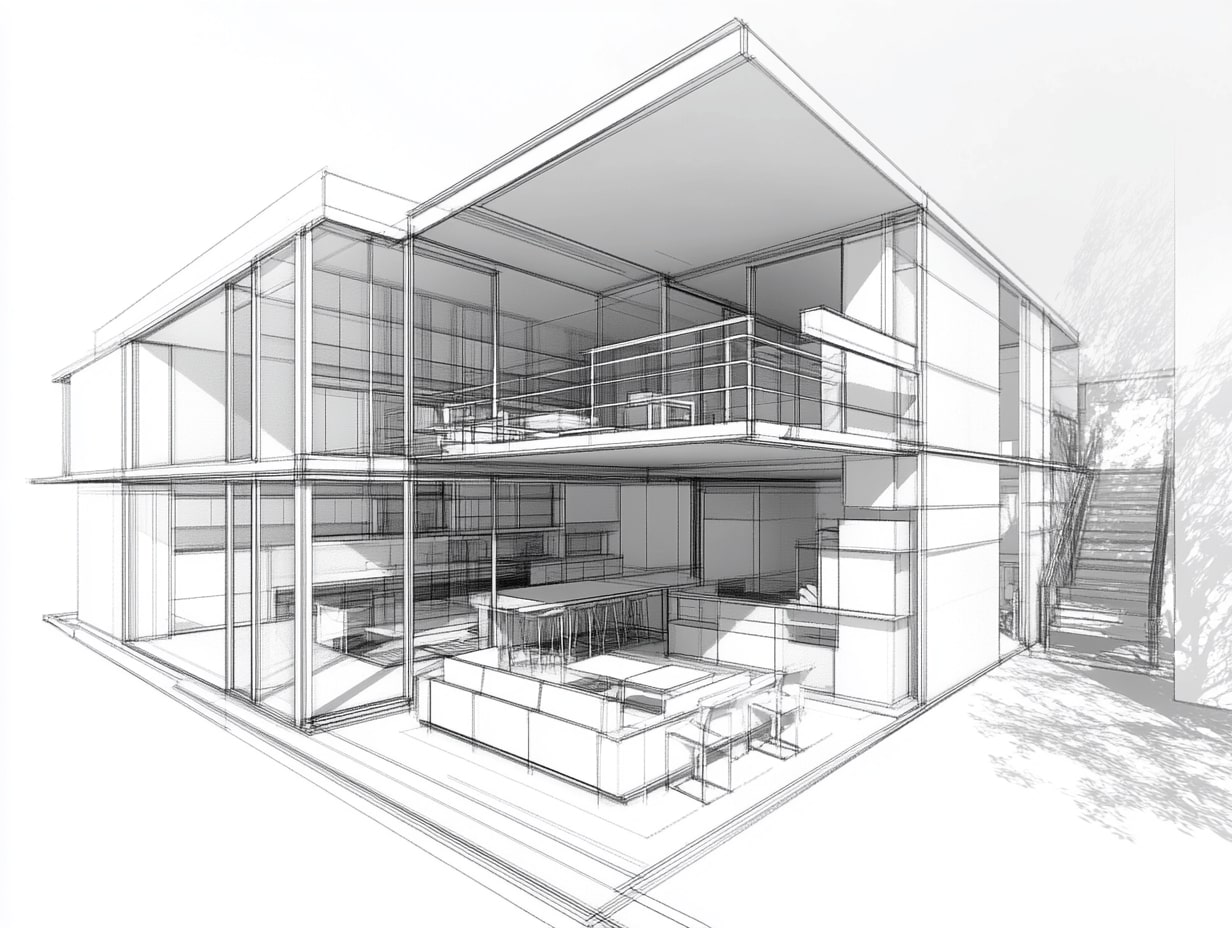Designing a young person’s room is an exciting opportunity to blend creativity with functionality. Our goal is to create spaces that not only reflect their unique personalities but also cater to their evolving needs. Whether it’s a vibrant color scheme, multi-purpose furniture, or clever storage solutions, the possibilities are endless.
As we embark on this design journey, it’s essential to strike a balance between fun and practicality. We want to ensure the room remains a versatile haven where kids can play, study, and relax. Incorporating elements that grow with them helps keep the space relevant and engaging over time.
Let’s explore innovative ideas that transform ordinary rooms into extraordinary spaces. With a bit of imagination and thoughtful planning, we can craft environments where young minds thrive and creativity flourishes. Whether you’re starting from scratch or looking to refresh a current setup, these ideas will inspire a fresh perspective on young room design.

Understanding the Needs of a Young Room
Recognizing the specific needs of a young person’s room sets the foundation for effective design. This involves considering both the user’s age and their unique interests.
Considering Age and Interests
Age plays a crucial role when determining room design essentials like furniture size and safety features. For instance, younger children might require low-level storage for easy access to toys, while teenagers often benefit from dedicated study areas. Interests add another layer of personalization through themed decor or color schemes. A sports enthusiast’s room might incorporate team colors, whereas an aspiring artist may want an easel and art supplies prominently displayed.
Balancing Fun and Functionality
While creating engaging spaces, maintaining practicality ensures the room meets daily needs. Integrating storage solutions like multifunctional furniture maximizes space and keeps the room organized. Including flexible elements like modular furniture adds adaptability without sacrificing style. Fun aspects, such as bold patterns or interactive features like chalkboard walls, keep the environment lively. Balancing these elements ensures the room is both enjoyable and practical.
Creative Storage Solutions
Designing young spaces demands inventive storage systems. These solutions integrate function with style, ensuring rooms remain tidy and inviting.
Multi-Functional Furniture
Furniture serving dual purposes optimizes space in young rooms. A loft bed with an integrated desk provides a sleep area and study space in one. Storage ottomans offer seating and hidden storage for toys or clothes. Another option is a bed with built-in drawers underneath; it utilizes the under-bed area for storing off-season clothing or bedding.
Toy and Book Organization
Organizing toys and books efficiently prevents clutter. Wall-mounted shelves keep favorite stories within reach while freeing floor space. Clear storage bins labeled by category assist children in easy retrieval and cleanup of toys. A dedicated play storage unit with cubbies promotes orderly behavior and simpler navigation among toys and books.

Designing for Play and Study
Creating a dual-purpose space for play and study enhances a young person’s room functionality. We can integrate these activities seamlessly by utilizing adaptable furniture and design elements. For instance, a desk that folds away when not in use provides ample play space, while a dedicated study corner offers a focused area for learning.
Lighting plays a critical role in this dual-purpose design. Adjustable lighting options cater to both play and study needs. Bright, overhead lights enhance focus during study time, whereas softer lighting creates a relaxing play environment. By incorporating task lights near study areas, we ensure adequate illumination for reading and writing tasks.
Storage also remains a key factor in maintaining an organized space. We suggest using labeled bins for study materials and toy organizers to keep items accessible yet tidy. This organization fosters independence and encourages responsibility, as young individuals manage their play and study items.
Incorporating vibrant colors and stimulating patterns further enriches the room’s atmosphere. These elements can stimulate creativity during playtime and create an inviting study environment. Such thoughtful design embraces both educational and recreational needs, creating a well-rounded space for growth and development.
Color and Theme Selection
Creating a vibrant and coordinated design starts with choosing the right colors and themes. A thoughtful selection enhances both aesthetic appeal and functionality.
Choosing a Color Palette
Selecting colors sets the tone for the room. Bright hues energize, while soft pastels soothe. For a dynamic effect, we can combine contrasting colors like teal and orange. Choosing monochromatic schemes, such as shades of blue, can create a calming, cohesive look. Consider the room’s natural light, as it affects how colors appear. Incorporating accent walls or colorful furniture adds personality without overwhelming the space.
Incorporating Trending Themes
Incorporating themes personalizes the space. Popular themes like space, jungle, or nautical provide creative direction. We can integrate these through wall decals, themed bedding, and matching accessories. It’s crucial to keep the theme flexible, allowing future updates. Choose elements that can transition with age, such as wall art or removable stickers, to maintain relevance as interests evolve.

Making the Most of Limited Space
Maximizing a young person’s room with limited square footage involves creative design strategies. We can transform compact areas into vibrant, functional spaces using clever storage and furniture solutions.
Vertical Storage Ideas
Vertical storage solutions optimize room space efficiently. We recommend installing wall-mounted shelves to hold books and display personal items. This approach frees up floor space for other activities. Utilizing over-the-door storage can also keep essentials organized without clutter. These options allow customization for interests, creating a practical and visually appealing space.
Space-Saving Furniture
Space-saving furniture plays a crucial role in functional room design. We suggest loft beds, which combine sleeping, studying, and storage areas in one vertical unit. Murphy beds present another smart choice, easily folding away to expand play areas. Additionally, integrating desks with built-in storage provides dedicated study zones while reducing furniture footprint. By employing these versatile furnishings, rooms remain adaptable yet organized.

Personalizing the Room
Personalizing a young person’s room creates a sense of ownership and pride in their space. Incorporating individual preferences adds charm and uniqueness to the environment, enhancing both comfort and functionality.
Involving Kids in the Design Process
Inviting kids to participate in the design process helps align the room’s aesthetic with their tastes. Simple choices, like selecting colors or bedspreads, empower them and ensure the room reflects their personality. For younger children, choosing decor elements themed around their favorite characters or activities makes the space more engaging and enjoyable. Older kids and teens might prefer picking furniture pieces or layouts that support their hobbies or study habits. By engaging them in these decisions, we foster creativity and independence while crafting a personalized sanctuary tailored to their evolving needs.
Conclusion
Creating fun and functional spaces in young room design involves balancing creativity with practicality. By incorporating multi-functional furniture, clever storage solutions, and adaptable design elements, we transform ordinary rooms into vibrant, personalized sanctuaries. Engaging children in the design process and considering their unique needs ensure these spaces remain both enjoyable and practical as they grow. By focusing on color and theme selection, maximizing space, and promoting personal involvement, we craft rooms that inspire and evolve alongside young individuals, supporting their various activities and developmental stages.








